Most years, winter creates a muffled cloak on a dry day that melts away with the occasional rain or the coming of spring. The quietude means every rustle, every twig snap is amplified. Silence in the snow creates smothered echoes, and ice crackles, shatters and splinters. This year, the winter sounds have been trees creaking and chaffinches and wrens singing, with plenty of water and warmth. No wonder pinpricks of seedlings wrestle their way to the surface of the soil, and primroses are in flower - a fully mild winter pretending to be spring. As is becoming an annual event, 'once in a lifetime extreme weather' has brought climate change issues to the fore. More on this December later - let's start at the beginning, and the sunniest winter on record and the start of some very unpredictable seasons.
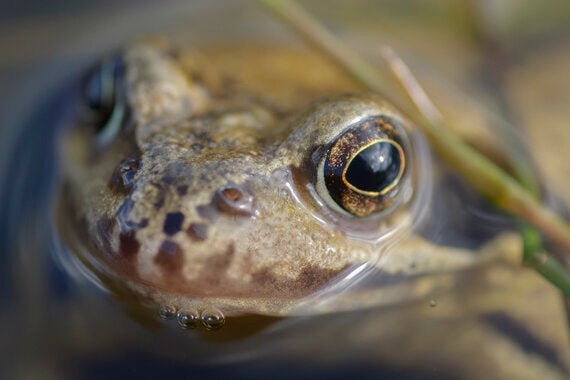
One creature that loves the water. Image: Northeastwildlife
Stormy spring
January and February finished off a generally very dry winter - so much so that spring arrived late, 'drip drip drop, little April showers' wasn't happening this year. Frogs and toads' breeding pools dried up and in Formby, Merseyside, natterjack toads were just saved by May rains. Summer migrant birds were held up by storms and late leafing, while sandwich terns at Blakeney, Norfolk, and Arctic terns in the Farnes bred poorly by the time they got here. Jet stream changes moved storms to spring, with pockets of sunshine in between. At our spring BioBlitz on the coast at Cwm Tydu, our shelters blew away and much of our season's wildlife was still hunkering down. Springwatch fans, however, found a huge increase in the number of goldfinches in their gardens - their collective term of 'charm' says it all.
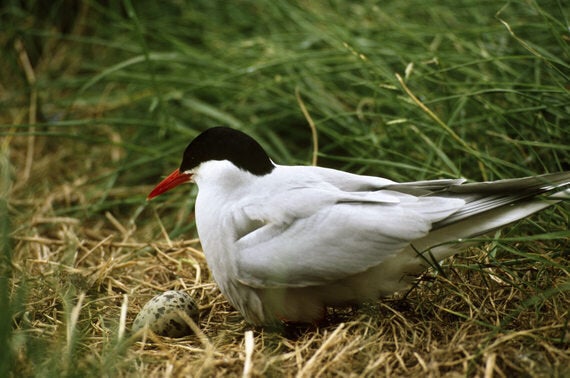
A Farne Island tern nesting. Image: Joe Cornish, National Trust
Jellyfish season
Summer was mixed in terms of weather, but taught us some interesting lessons about our impact on the environment. In late summer we had fewer wasps, which many people will be happy with but it is consistent with a concerning decline in insects. A lack of ladybirds are also a worrying indicator, likely due to intensive pesticide use in farming as well as the weather. Bucketloads of barrel jellyfish appeared on the west coast, followed by sunfish and leatherback turtles that had followed them all the way across the Atlantic. The bottlenose dolphins at Mwnt in Ceredigion yielded many sightings, while humpback whales were spotted in Mount's Bay, Cornwall. All those jellyfish, however, are a indicative of what's happening with our oceans - it's a sign of overfishing and warming seas. As the waters heat up, plankton blooms are eaten by a wide range of species (including basking sharks also spotted off our coast) and fish. However as we eat all the fish, the jellyfish are doing well on this plankton.
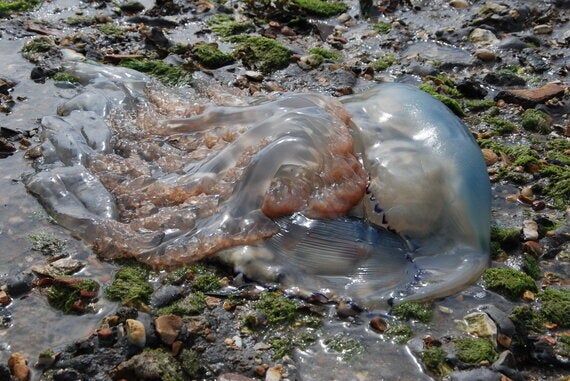
Barrel jellyfish from Brownsea Island BioBlitz. Image: Ed Bartlett, National Trust
Winners and losers
To the positives - barn owls bred well in North Yorkshire at places such as Malham Tarn. Late breeding little terns at Long Nanny in Northumberland were successful, attracted to breed near 'climate change proof' decoy terns put out by our rangers. Some songbirds had three broods rather than one or two, and long tailed blues, which are beautiful rare migrant butterflies, bred at the White Cliffs. Nightjar and bittern have marked improvements, going from red to amber list in the UK due in part to a huge amount of conservation effort in Dorset heathlands and places like Wicken Fen.
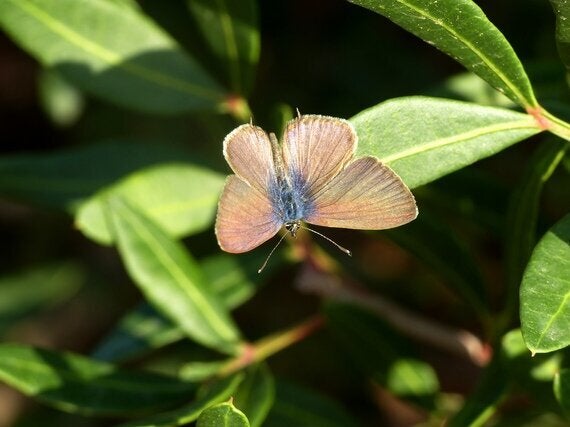
Long tailed blue. Image: Matthew Oates, National Trust
Golden autumn
Autumn was lovely and long and dry and beautifully golden, with a bumper apple crop and insects and plants lingering much longer than usual. The rains arrived only after the warmest November day on record - we got some really late seal pups and fungi as a result, but as expected in dry weather it was a poor year for toadstools and mushrooms generally. Nature tells us more about the climate than anything else - we had very late blackberries and birds delayed leaving for migration. We've all seen the pictures of daffodils and snowdrops in December. This happens quite frequently but bluebells are a little more unusual. Birds in particular are often a great litmus test for change because they are so well monitored - puffins and turtle doves have recently been downgraded to internationally vulnerable. Puffin burrows were flooded on the Farne Islands this year, while more common birds such as pochard and nightingale have been added to the UK red list.
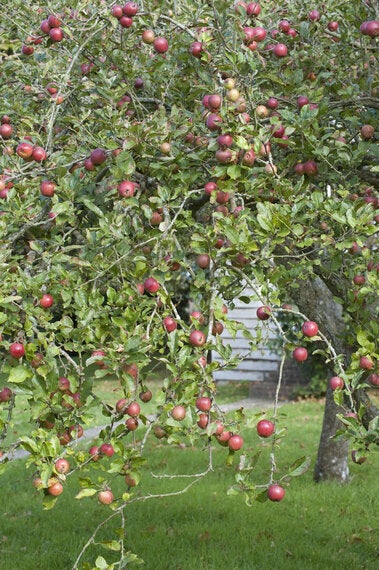
Bumper apple crop. Image: Caroline Arber, National Trust
Wet winter
This December, we had unprecedented flooding in Northern England - the effects on wildlife are unknown at the moment, but we are concerned about some of our more vulnerable species, and will be looking into the effects on wildlife after we have continued to work in the affected communities. Our rangers in Cumbria have been helping clear debris and we've also been helping our farm tenants in dealing with the impacts of flooding, landslides and bridges washed away across the region. When the clean-up is over, we will need to think seriously about how the consequences of these events can be reduced in future.
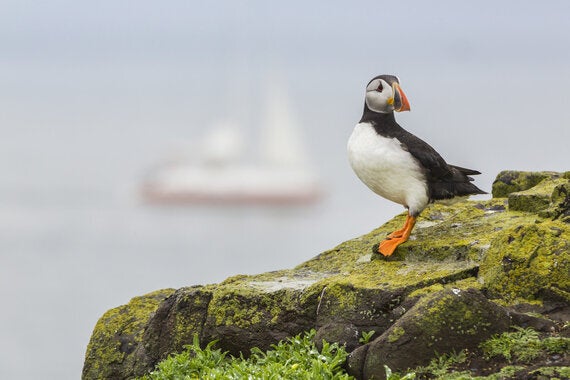
Farnes puffins: already struggling. Image: Chris Lacey, National Trust
Weather and wildlife
El Niños are natural events. Extremes can be important in creating that selection pressure that allows populations to evolve and thrive in the long term. However, as these events become more severe and regular, already vulnerable species will struggle. The backdrop to these extreme events is habitat loss and more species losing rather than winning, with 60% of our species in decline. Climate change is already having profound effects on the natural world, and therefore on us. In some areas flood defences and dredging may be appropriate, but with spiralling costs and negligible effects, in the majority of places nature can provide the solutions.
Natural solutions
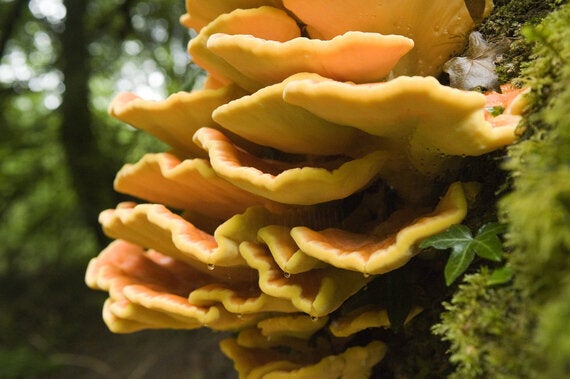
Trees: great habitats that also hold back water. Image: John Millar, National Trust
Planting in the right places could help hold back water during torrential rains. Trees still hold water in their trunk and respire in winter unless the ground is frozen and they still expand their root systems, with good soil structure meaning better water retention in the ground. Their structure above ground holds back water even in winter, with vegetation slowing the movement of water into the soil. We also need more wetlands throughout river catchments. These could be in appropriate areas on the coast, such as in many of our saltmarshes in the East of England and elsewhere in the UK, or inland, such as the mires of the New Forest, Hampshire and the bogs of High Peak. We need rivers acting in a more 'natural' way, to slow the flow as we do at Holnicote, Devon. We need to work with other charities, communities and government to help us deal with climate change, and keep both human and wildlife populations safe. And what could be more appropriate in terms of 'joined up thinking on flooding' than thinking about what that water is doing from hilltop to sea?